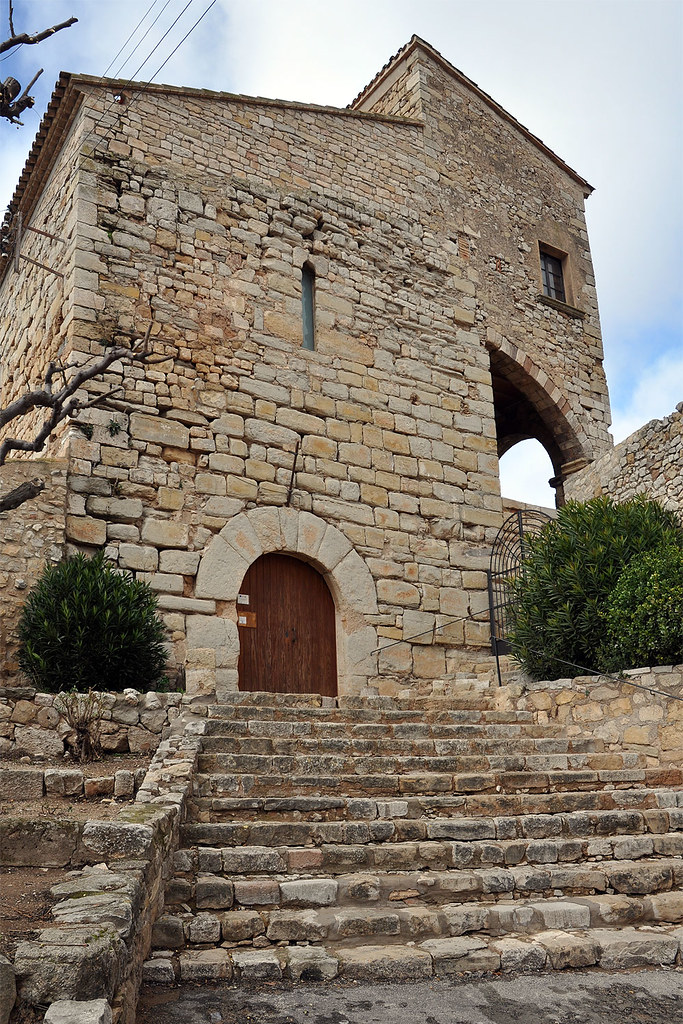
Castell de la comanda de Barberà Castell de la comanda de … Flickr
El Castell de Barberà és un castell del municipi de Barberà de la Conca (Conca de Barberà). Està situat, estratègicament, al cim del turó a la falda del qual, al llarg del temps va créixer el poble. Des de la fortalesa històricament s'ha pogut controlar un dels camins tradicionals que des de la costa penetrava a l'interior.
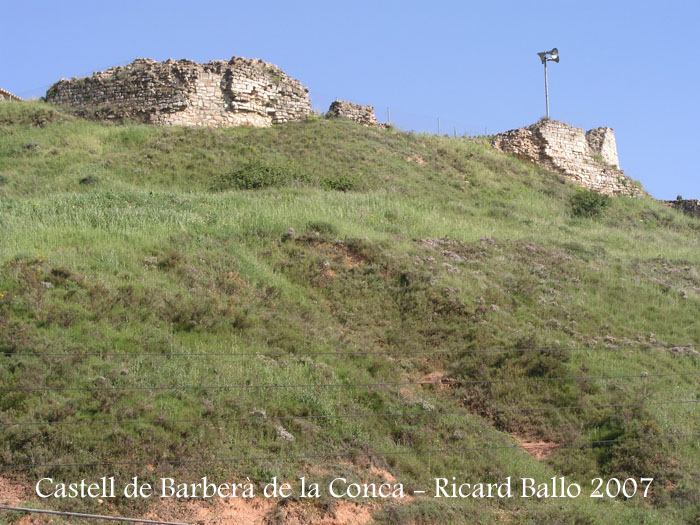
Castell de Barberà Barberà de la Conca / Conca de Barberà Catalunya Medieval
The hominoid right partial humerus IPS4334, from the middle Miocene (MN 8) of Castell de Barberà (Vallès‐Penedès Basin, Catalonia, Spain), is described. It preserves the mid‐distal portion of the shaft until the proximal margins of the radial and coronoid fossae, as well as the proximal portion of the olecranon fossa; the capitulum, the trochlea and the two epicondyles are missing.

Castell de Barberà de la Conca Городской пейзаж, Пейзажи
Castell de Barberà: edifici documentat l'any 1005, encara que el seu origen pot remuntar-se a l'època romana. Amb aspecte de masoveria, fruit d'una reconstrucció dels segles XVI-XVIII i modificacions importants del XIX, tan sols un mur atalussat i el fossat rememoren l'antic aspecte bèl·lic de l'edifici, que va pertànyer a la família Montcada i després als Pinós.
Paseo Barberà del Vallès Rio Ripoll Ca n’Altimira Bosc de Santiga Castell de Barberà
Castell de Barberà, located in the Vallès-Penedès Basin (NE Iberian Peninsula), is one of the few European sites where pliopithecoids (Barberapithecus) and hominoids (cf. Dryopithecus) co-occur. The dating of this Miocene site has proven controversial. A latest Aragonian (MN7+8, ca. 11.88-11.18 Ma) age was long accepted by most authors.

Castell de Barberà de la Conca Abandoned houses, Natural landmarks, Monument valley
El Castell de Milmanda, propietat de Família Torres, és un preciós palau fortificat, situat al terme municipal de Vimbodí i Poblet, a la Conca de Barberà (Tarragona). L'edificació manté un vincle històric amb el Monestir de Poblet, que es troba a escassos dos quilòmetres. Les 75 hectàrees de terra que s'estenen al voltant del castell.
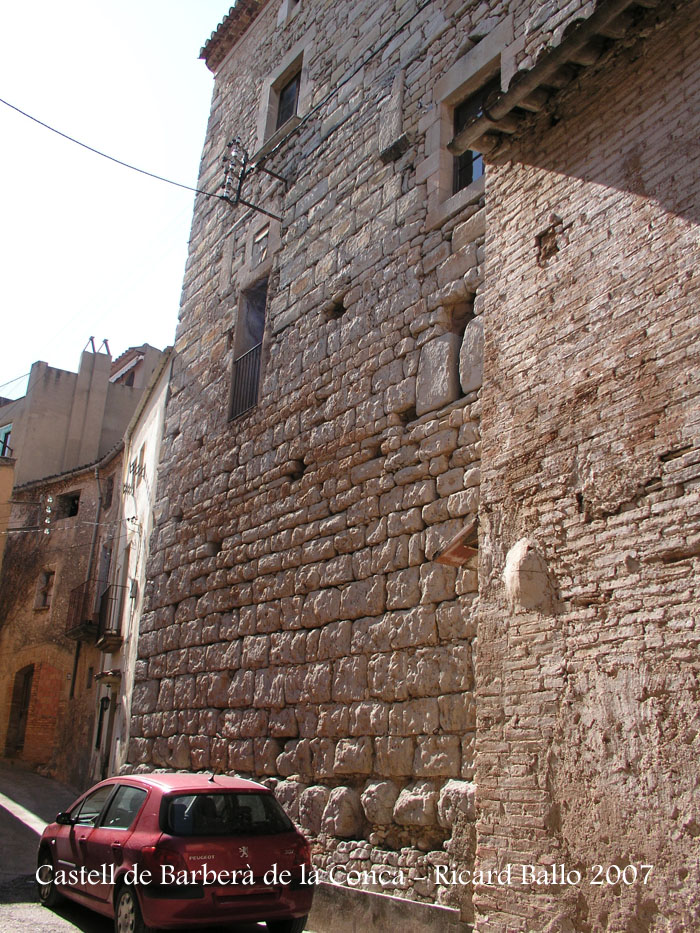
Castell de Barberà Barberà de la Conca / Conca de Barberà Catalunya Medieval
Av. del Castell de Barberà, 39-47 (Barberà del Vallès). This is a category about a monument indexed in the Spanish heritage register of Bienes de Interés Cultural under the reference RI-51-0005198 .
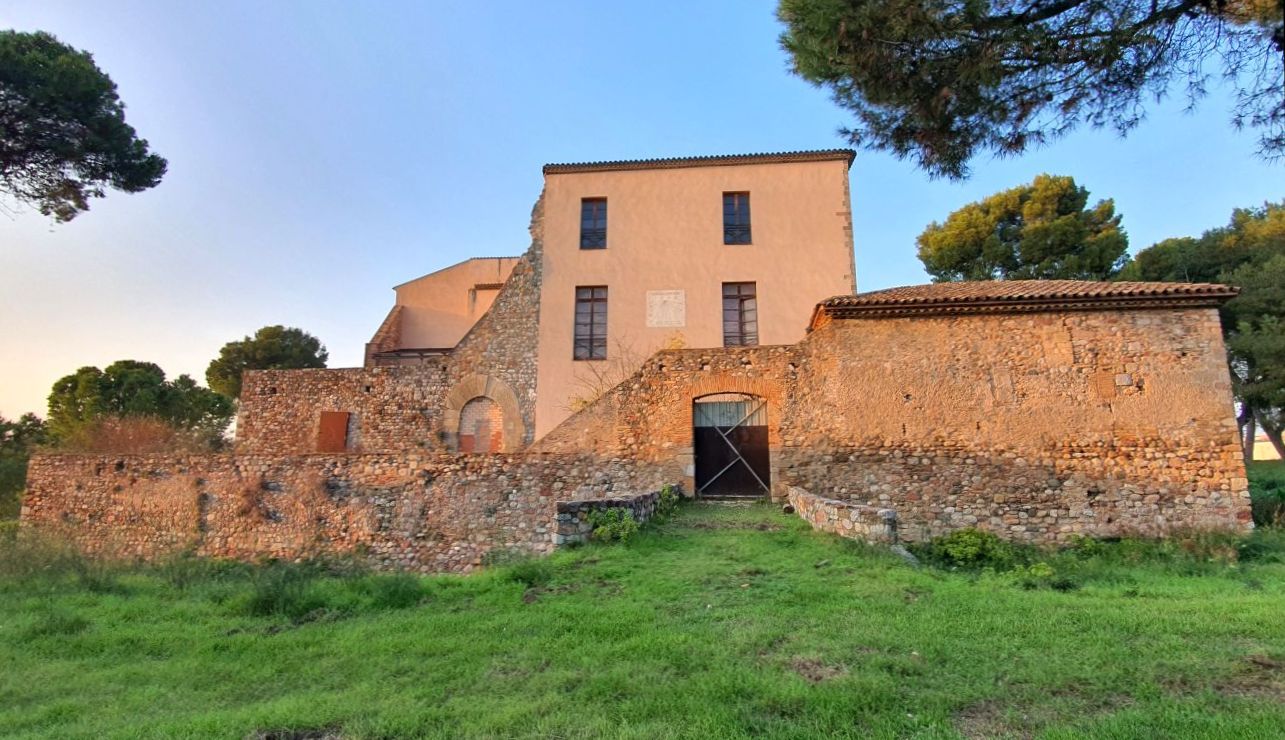
castell de Barberà enciclopedia.cat
Català: Castell de Barberà de la Conca, a la Conca de Barberà This is a category about a monument indexed in the Catalan heritage register of Béns Culturals d'Interès Nacional and the Spanish heritage register of Bienes de Interés Cultural under the reference RI-51-0006583 .

Castell de Barberà *** Fires, festes, oci i llocs per visitar.
La Conca de Barberà. Photo by Angela Llop (Flickr). Head inland from the golden coast of Tarragona, towards the ancient city of Lleida, and you'll find yourself in the rustic comarca (county) of La Conca de Barberà. Surrounded by mountain ranges, the erosive action of the rivers that cut through its terrain for millennia carved a deep.
Conèixer Catalunya CASTELLS DE LA CONCA DE BARBERÀ. PASSANANT I BELLTALL. TARRAGONA.
Castellde Barbera, a site rich in primates. The paleontological site of Castell de Barberà is relatively close to Can Llobateres (Sabadell), and although the forner is older, it has not been possible to accurately determine its age. For a long time, it has been assumed that Castell de Barberà dates back over more than 11 million years.
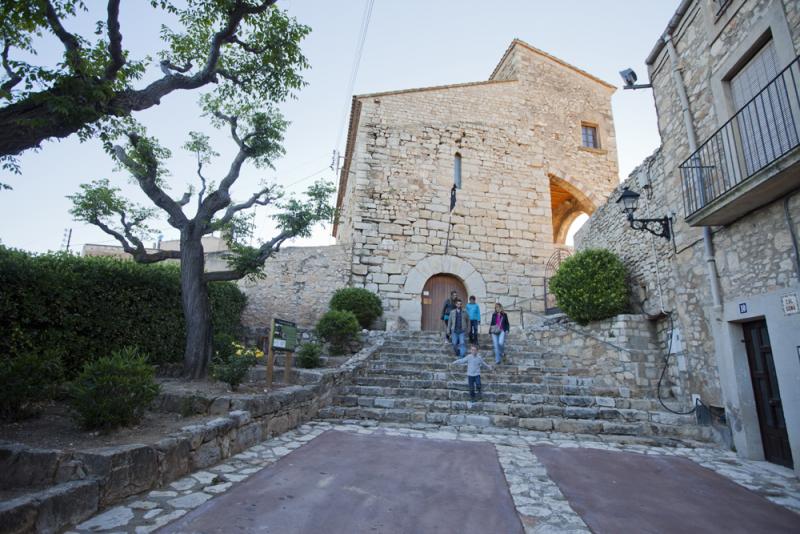
Castell de la Comanda de Barberà de la Conca La Ruta del Cister
The pliopithecoid from Castell de Barberà, in turn, was first reported by Crusafont-Pairó (1975), based on several upper and lower teeth of a single individual (Fig. 1 A-K) that was initially referred to Pliopithecus sp. Afterward, the lower dentition was described by Crusafont Pairó and Golpe-Posse, 1981a, Crusafont Pairó and Golpe Posse, 1982a, who similarly assigned the material to.

Castell de Barberà *** Fires, festes, oci i llocs per visitar.
Castell de Barberà is one of the few sites where 106 pliopithecoids and hominoids co-occur (Andrews et al., 1996; Sukselainen et al., 2015; Alba 107 et al., 2019; DeMiguel et al., 2021). In particular, both the crouzeliine B. huerzeleri and a 108 large-bodied dryopithecine (cf. Dryopithecus fontani) have been reported from this site 109.
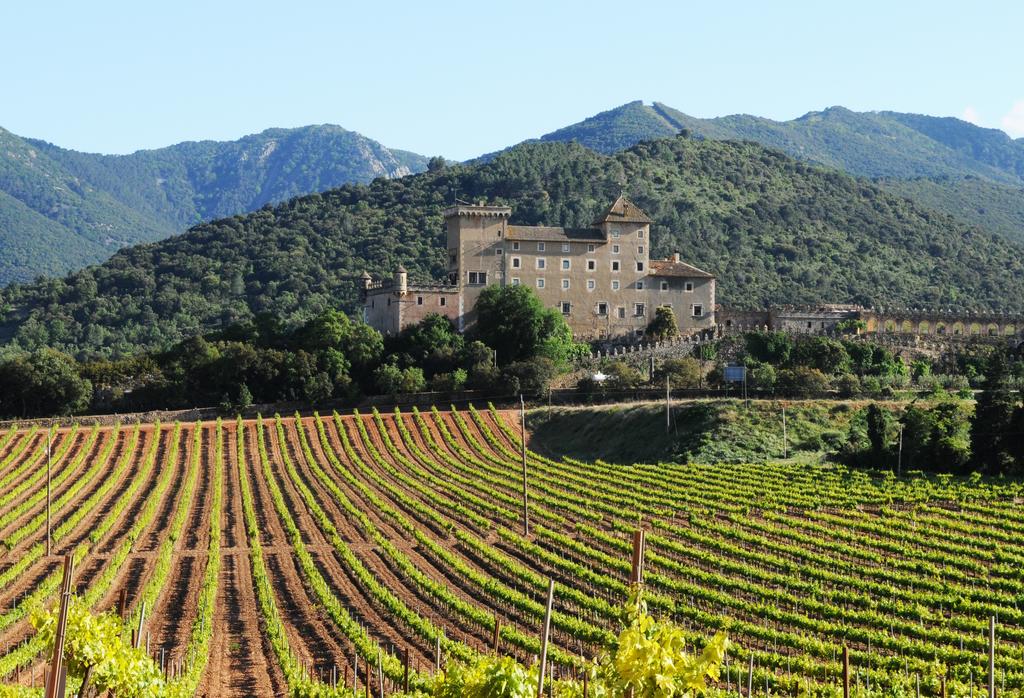
Enoturisme castell DO Conca de Barberà • Castell de Riudabella
Here we describe new pollical remains-a complete proximal phalanx and a partial distal phalanx-from the middle/late Miocene site of Castell de Barberà (ca., 11.2-10.5 Ma, Vallès-Penedès Basin), and provide morphometric and qualitative comparisons with other available Miocene specimens as well as extant catarrhines (including humans).
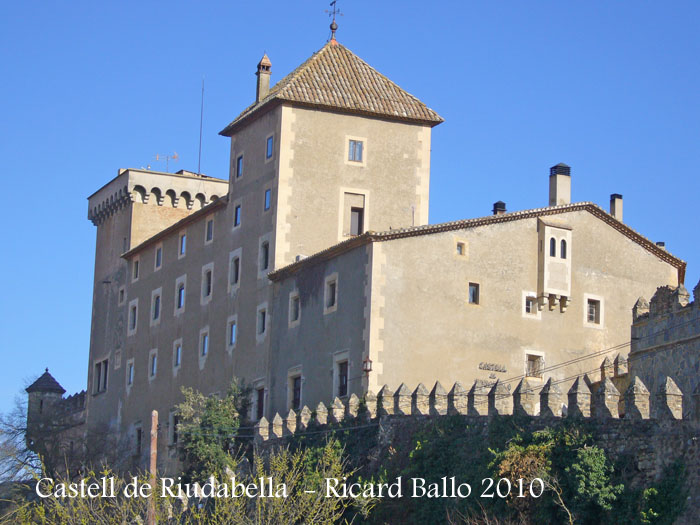
Castell de Riudabella Vimbodí / Conca de Barberà Catalunya Medieval
Castell de Barbera , located in the Valle s-Penede s Basin (NE Iberian Peninsula), is one of the few European sites where pliopithecoids (Barberapithecus) and hominoids (cf. Dryopithecus) co-occur.

EL CASTELL DE BARBERÀ
El Castell de Barberà és un castell termenat documentat el 1005 del municipi de Barberà del Vallès (Vallès Occidental) declarat bé cultural d'interès nacional . En una zona propera, hi ha el jaciment paleontològic Castell de Barberà on s'han trobat restes de primats del miocè, com l'anomenat Barberapithecus. [1]

Tarragona Castell de Barberà (Barberà de la Conca) Lugares maravillosos, Castillos, España
Barberà del Vallès - Castell, vista aèria (Foto: Google Maps, 2010) Està documenta des del segle XI i era senyorejat pels comtes de Barcelona. N'eren castlans els Barberà, esmentats ja cap a 1170. Cap a la fi del segle XVI, el rei Felip III atorgà la senyoria del castell a Galceran de Pinós, Els Pinós van obtenir el marquesat de Santa.
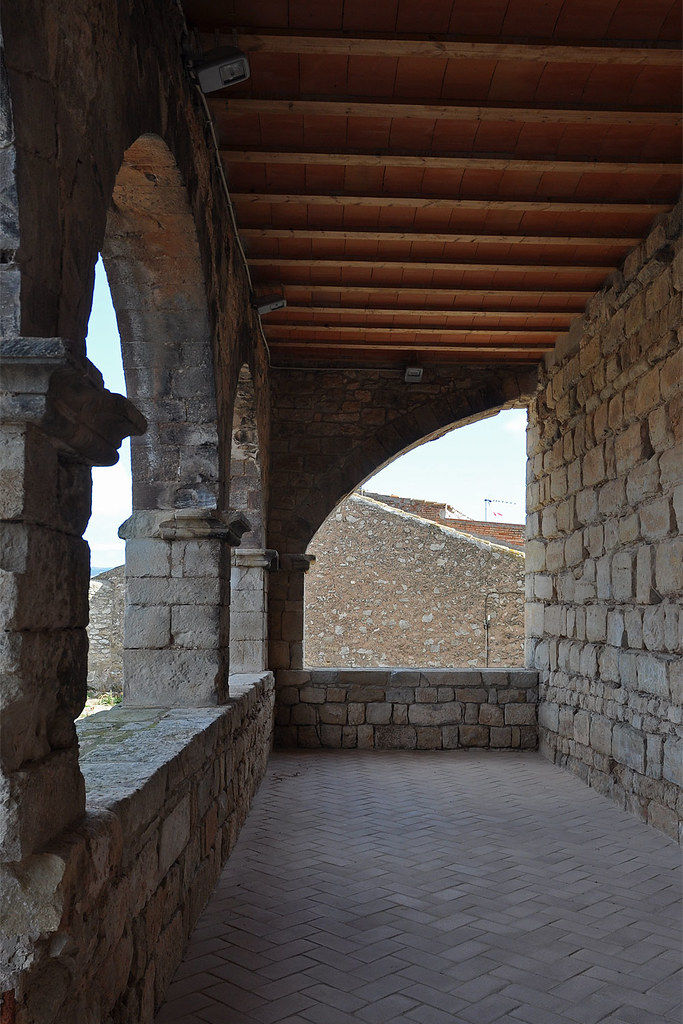
Castell de la comanda de Barberà Castell de la comanda de … Flickr
However, the undoubted presence of hominoids at Castell de Barberà is documented by two (proximal and distal) pollical phalanges as well as a partial humeral diaphysis (Moyà Alba et al., 2011a.